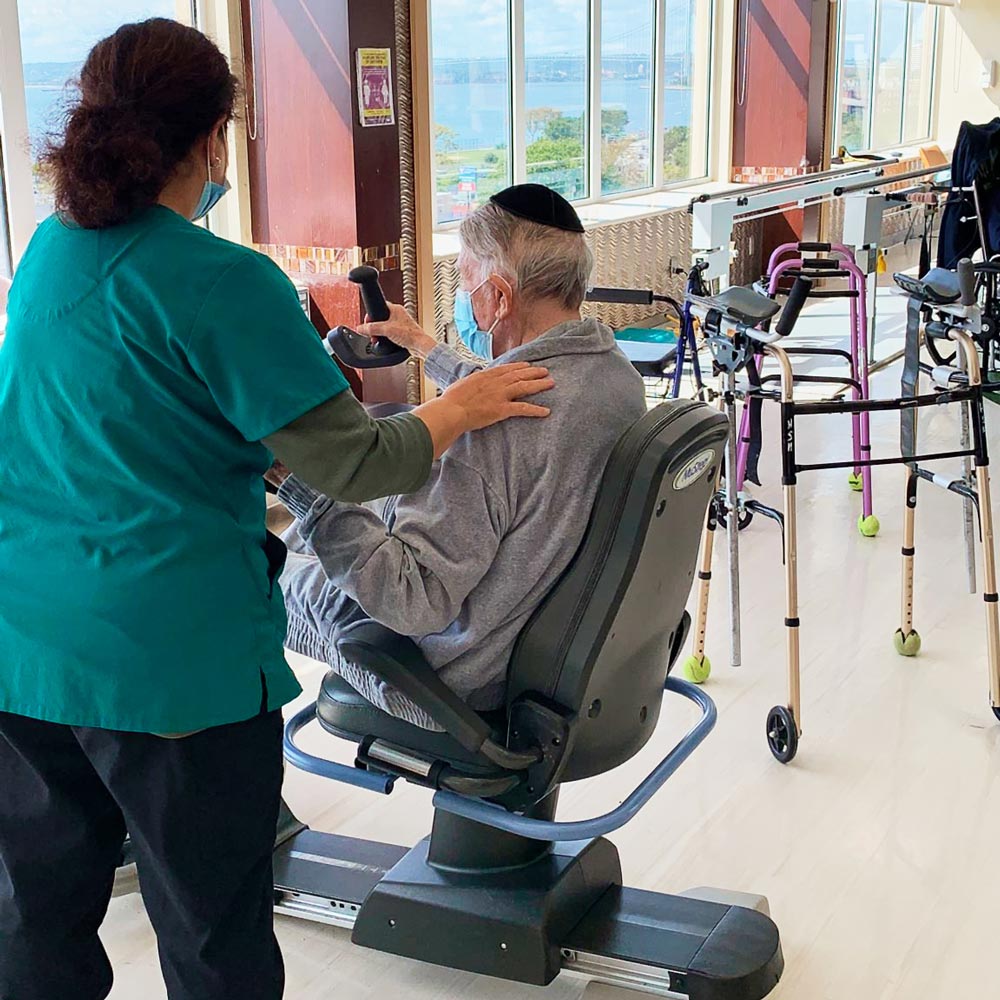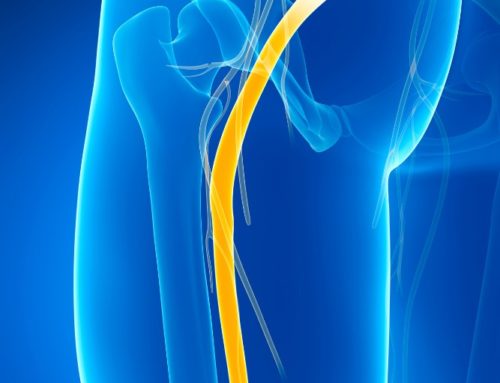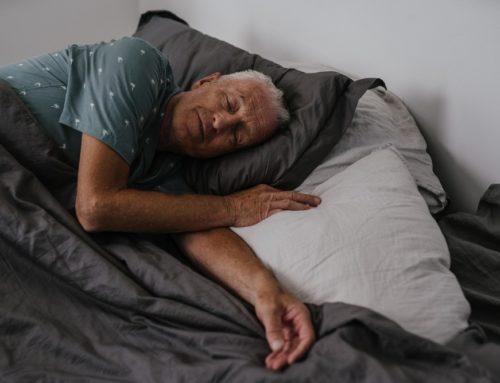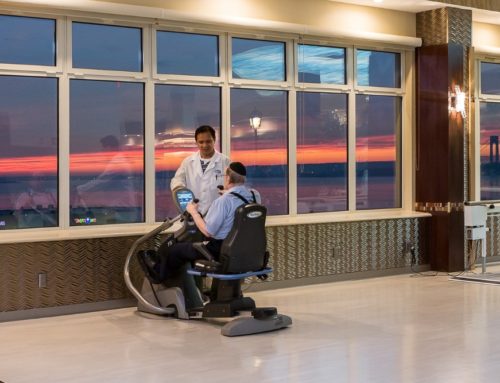Alzheimer’s has no specific cause, though certain habits and behaviors may reduce your risks. It has been determined that vigorous activities improve brain functions, even for those with Alzheimer’s. More studies are required to understand how physical activity affects brain functions, but the benefits are clear. In fact, we already know of 3 specific ways exercise helps prevent and manage Alzheimer’s disease.
Try to do them daily and see the results!
If you or a loved one is experiencing the symptoms of the disease, Alzheimer’s care and rehab can help. It involves various therapies and activities, including physical exercise, to help manage the symptoms. Each plan is tailored to the individual and includes care and support for patients and their families. For more information on how exercise benefits those who have or are at risk of Alzheimer’s, keep reading.
Ways Exercise Prevents and Manages Alzheimer’s
Exercise benefits the body, improving strength, flexibility, and balance. It also keeps the heart and lungs strong and prevents various health issues. One uncommonly known advantage of physical activity is how it increases brain functions. A minimum of 150 minutes of exercise each week offers brain improvements for those at risk for Alzheimer’s.

1. Improved blood flow to the brain
Working out increases your heart rate, which sends blood through your body at a faster rate. The blood carries oxygen, which is a vital component of the brain. The higher oxygen levels improve the brain’s functions, reducing the risk of cognitive impairment. Intelligence, memory, self-control, and motor activities increase with higher blood flow.
The results of improved blood flow reduce the risk of cognitive decline and the conditions related to this issue. It helps prevent Alzheimer’s and other forms of dementia, as well as stroke or other brain-related conditions.
2. An increase in brain chemicals
Exercise causes the release of various chemicals in the brain. The more vigorous the workout, the higher the rate these chemicals are released. Each chemical, formally known as a neurotransmitter, has a specific function to prevent or manage Alzheimer’s symptoms.
One essential neurotransmitter is dopamine, which affects how individuals feel pleasure. More importantly, it regulates many of the body’s functions, including a few related to Alzheimer’s symptoms. Mood, attention, learning, and working memory are all managed by dopamine. Higher levels of this chemical could improve such functions, reducing the risk of cognitive decline.
Physical activity also releases endorphins and endocannabinoids. Endorphins increase pleasure and reduce pain, while endocannabinoids are responsible for the calm euphoria experienced during a vigorous workout.
Though previously thought to perform separately, these neurotransmitters work together to improve the joy one feels during exercise. Endocannabinoids also increase dopamine levels, so are essential for boosting brain health.
3. Better mood, better brain function
Those brain chemicals are responsible for boosting your mood while working out. Over time, with regular and daily exercise, your brain improves its reward system by increasing dopamine production.
Doing so alters your mood permanently, boosting it so you experience higher levels of joy permanently. At the same time, stress, anxiety, and depression symptoms drop. An improved mood requires less medication and increases interest in social interactions, strengthening relationships. Low mood, personality changes, and anxiety are common with Alzheimer’s, so physical activity reduces such symptoms.
Resources used:
This content comprises informative and educational resources only and can not be considered as a substitute for professional health or medical guidance. Reliance on any information provided in this article is solely at your own risk. If you have any inquiries or apprehensions about your medical condition or health goals, talk with a licensed physician or healthcare provider.






Leave A Comment